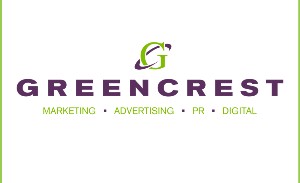Permission and value are key to effective e-mail marketing. A customer who opts in to an e-mail list expects to receive something valuable in return.

Fostering valuable e-mail dialogues elevates your company above those who randomly blast one-way communications to clutter up their targets’ inboxes.
Used well, e-mail can be one of the most effective means of generating product awareness and building customer relationships.
E-mail can be used to:
- Cross-sell/up-sell products and services
- Perform customer care functions, such as billing and payment, confirmations, and thank-you messages
- Advertise sales, such as holiday-driven promotions, close-out sales, and sales incentives (i.e., 50% off)
- Promote loyalty programs by offering discounts and incentives
- Distribute newsletters
Used poorly, however, e-mail can annoy and alienate customers to the point they will never do business with you again. By May 2003, more than half the e-mails received by U.S. businesses were unsolicited. The time we spend deleting or defeating spam costs an estimated $8.9 billion a year in lost productivity.
Permission and value are key to effective e-mail marketing. A customer who opts in to an e-mail list expects to receive something valuable in return. When you deliver relevant content or sales offers, the customer develops a more positive relationship with your company. Fail to meet customer expectations, and they will delete your messages unread and perhaps even opt out of future mailings.
Sending marketing e-mail is like making a personal sales call. Listen. Ask questions. Offer a solution. If you dominate the conversation with your agenda, waste prospects’ time, or neglect to ask questions about their needs, your calls will never be answered again.
Successful e-mail campaigns include several elements:
- Content. Deliver useful and timely information. Be brief.
- Interactivity. It’s not a dialogue unless your customers can talk back. Include vehicles for replies, feedback, surveys, and questionnaires to capture responses and information.
- Convenience. Deliver messages at the most convenient time, in the preferred format, and at the preferred frequency. Don’t assume you know — ask!
- Customization. Address customers by name. Talk to customers on a one-to-one level by tailoring content to their individual preferences.
- Customer control. Give customers as much control as possible over frequency and content.
Fostering valuable e-mail dialogues elevates your company above those who randomly blast one-way communications to clutter up their targets’ inboxes. With an interactive campaign, your messages are more likely to reach your targets, and your response and conversion rates will improve.


